I think Owe Jessen's comment is right and this is not the answer to the problem. So here is my shot with the help of data.table.
First, let's use an example that is a little bit easier to comprehend:
library(data.table)
DT <- data.table(AccountID = rep(1:3, each=4),
V1 = sample(1:100, 12, replace=FALSE),
Month = rep(1:4, times=3))
AccountID V1 Month
[1,] 1 81 1
[2,] 1 23 2
[3,] 1 72 3
[4,] 1 36 4
[5,] 2 22 1
[6,] 2 13 2
[7,] 2 50 3
[8,] 2 40 4
[9,] 3 74 1
[10,] 3 83 2
[11,] 3 4 3
[12,] 3 3 4
So here we have 3 accounts and four months and for every account/month combination, we have a V1. So, finding the maximum V1 for each account, I do the following:
setkey(DT, AccountID)
DT <- DT[, list(maxV1=max(V1)), by="AccountID"][DT]
DT[maxV1==V1]
AccountID maxV1 V1 Month
[1,] 1 81 81 1
[2,] 2 50 50 3
[3,] 3 83 83 2
This is a little hard to understand, so let me try to explain it a little: I set AccountID as the key for DT. Now, I basically do two steps in DT[, list(maxV1=max(V1)), by="AccountID"][DT]. First, I compute the maximum V1 value for each account (DT[, list(maxV1=max(V1)), by="AccountID"]) and then, by calling [DT] right after it, I add this new column maxV1 to the old DT. Obviously, then I only have to get all the rows for which maxV1==V1 holds.
Applying this solution to Nico's more advanced example and showing you how to convert a data.frame to a data.table:
library(data.table)
DT <- as.data.table(m)
#Note that this line is only necessary if there are more than one rows per Month/AccountID combination
DT <- DT[, sum(V1), by="Month,AccountID"]
setkey(DT, AccountID)
DT <- DT[, list(maxV1=max(V1)), by="AccountID"][DT]
DT[maxV1==V1]
AccountID maxV1 Month V1
1 24660 1 24660
2 22643 2 22643
3 23642 3 23642
4 22766 5 22766
5 22445 12 22445
...
And this gives exactly 50 rows.
EDIT:
And here is a base-R solution:
df <- data.frame(AccountID = rep(1:3, each=4),
V1 = sample(1:100, 12, replace=FALSE),
Month = rep(1:4, times=3))
df$maxV1 <- ave(df$V1, df$AccountID, FUN = max)
df[df$maxV1==df$V1, ]
I took my inspiration from here.


